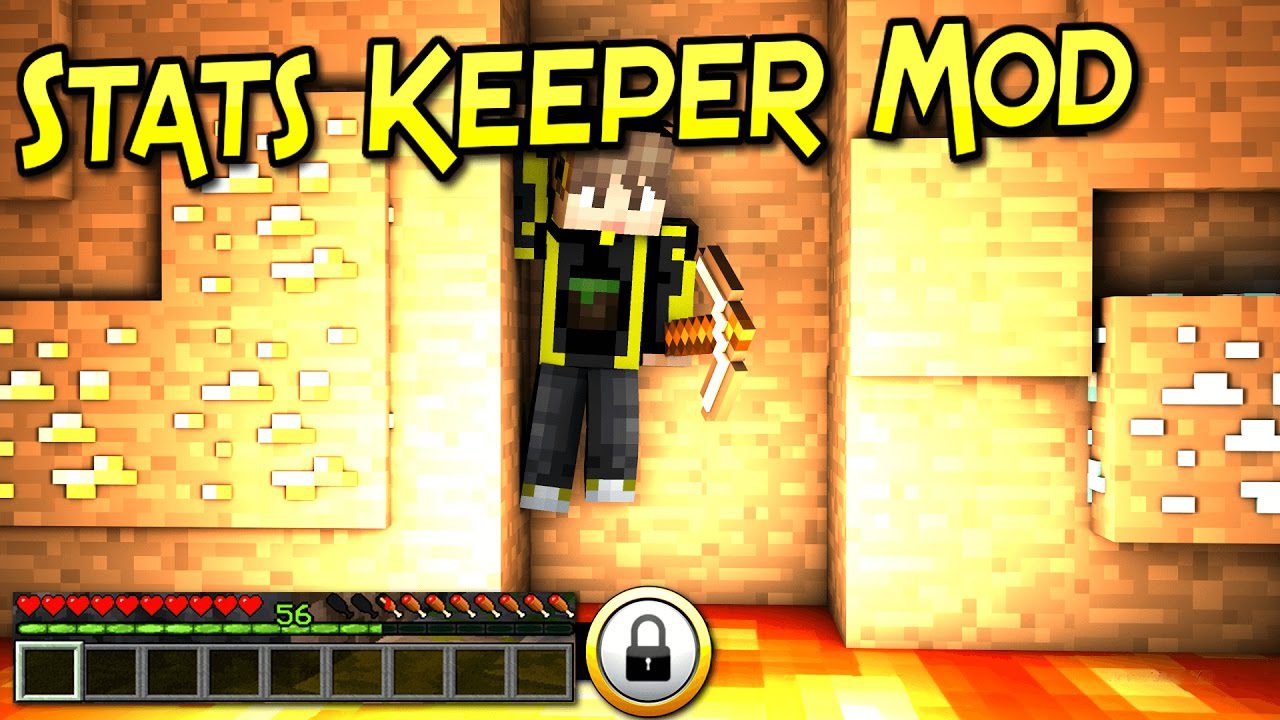Occasionally when wandering across a plains biome, you’ll come across a splash of yellow in the brown and green landscape. Move closer and you’ll see that source isn’t a crop of dandelions, daisies or tulips, but a cluster of proud sunflowers reaching into the sky. “What an excellent place to set up home”, you think, and while you’re distracted by the sunflowers’ natural beauty a Creeper detonates behind your back.
Sunflowers are Minecraft’s third-best flower. Well, that’s what I think anyway. The best are obviously azure bluets, which lend a touch of subtle sophistication to any build, and I have a soft spot for the simple allium. But the sunflower’s earnest optimism as it stretches for the sky easily outranks the showy tulips, maudlin daisies and weird, spindly blue orchids.
Sunflowers become a part of the Minecraft universe in version 1.7.2, alongside most of the other flowers in the game. This was also the patch that made flowers flammable – previously they were bizarrely fireproof – and turned the rose into the poppy.
Flowers of all kinds generate naturally on dirt and grass blocks – even those covered with snow. If you bonemeal a grassy block without anything growing on it, then it and the surrounding blocks will suddenly sprout tall grass, bushes and flowers of several varieties. But none of those flowers will be sunflowers, because sunflowers are choosy beasts, they only spawn at world generation in a particular sub-biome of the plains biome, called – unsurprisingly – sunflower plains.
Image Credit: Alex M3rcer // CC BY-SA 4.0
Sunflowers in the real world are known to botanists as Helianthus annuus. They look quite a lot like they look in Minecraft, growing up to three metres tall in normal conditions with a huge flowerhead that can be as big as a dinner plate. The Guinness Book of World Records, however, lists the tallest ever sunflower as an incredible 9.17 metres – taller than a two-storey house.
Sunflowers in Minecraft always face east. In the real world, they tilt during the day to track the sun while they’re young, but stop when they start blooming, settling into a roughly easterly direction once they’re mature – perfect to catch the first rays of the morning sun. They’re used widely in food production – sunflower oil is popular for cooking, and so are sunflower seeds as a snack. Sunflowers are even used to decontaminate polluted ground – they suck up toxins like lead, arsenic and uranium from the soil. They were famously used after the 1989 Chernobyl nuclear accident to remove radioactive elements from the soil.
Finally, I want you to do me a little favour. Next time you see a sunflower in person, look carefully at the middle of the flower for a little miracle of nature. You’ll see that the seeds are arranged in a series of interconnecting spirals, which are aligned to a “golden ratio” that crops up all over the place. Maybe it’s a coincidence. Maybe it hints at undiscovered laws of the Universe. Maybe it proves we’re all living in a simulation, like villagers in Minecraft. Now there’s something to puzzle over next time you find a block floating in the air...




No comments:
Post a Comment